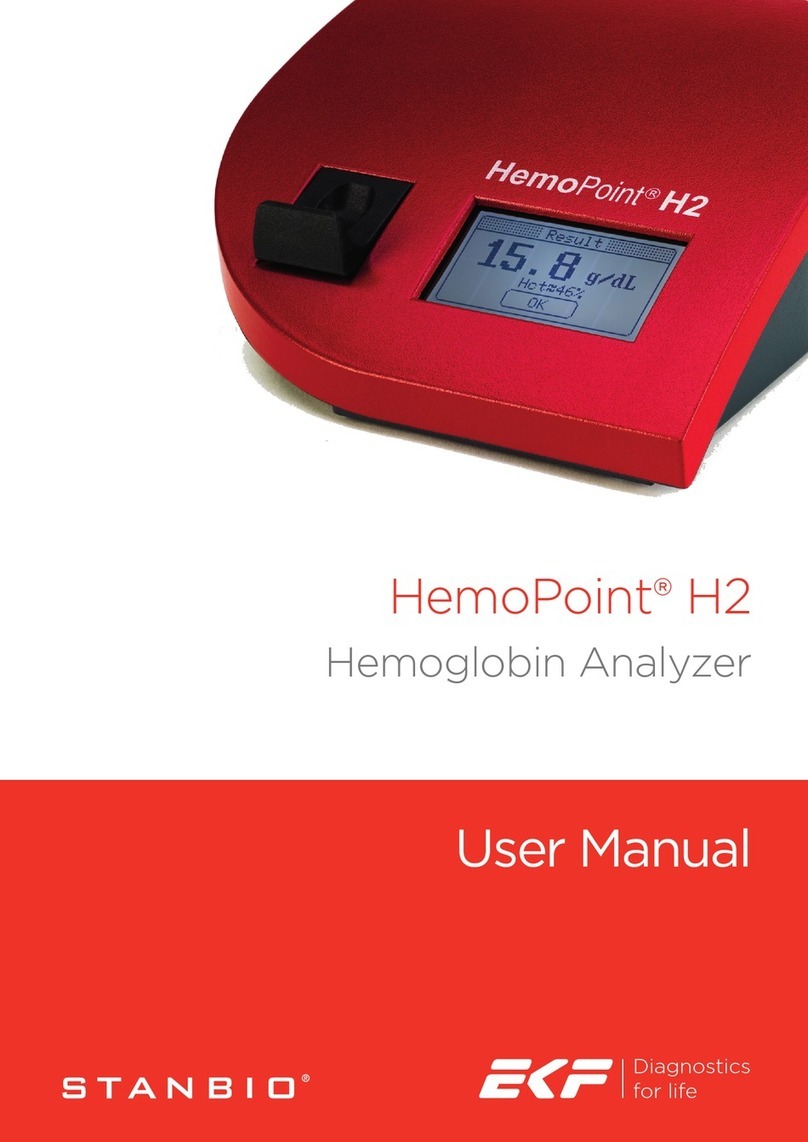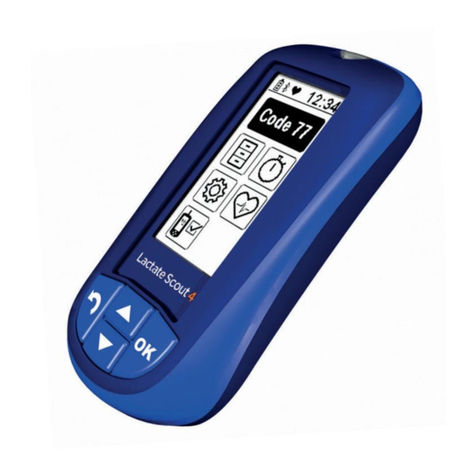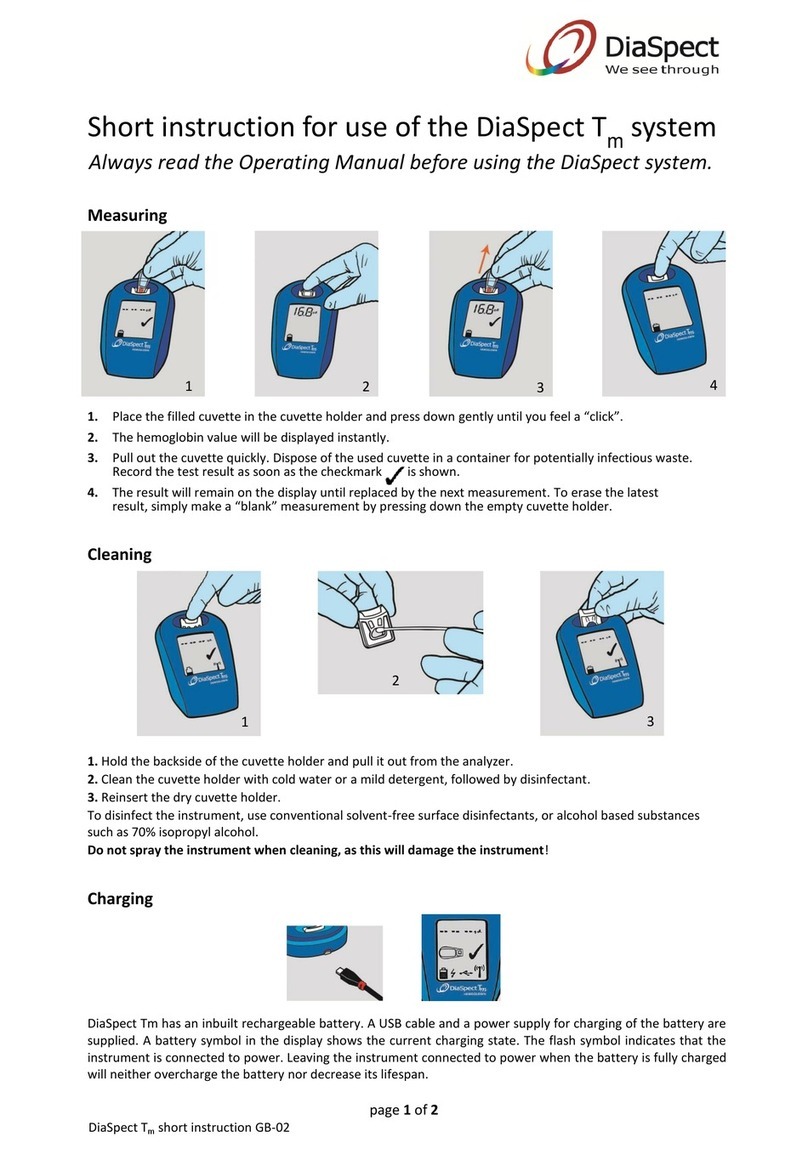Table of Contents
1. Intended Use..............................................................................2
2. Principles of the Procedure ...........................................................2
3. The DiaSpect Tm system ..............................................................3
3.1 DiaSpect Tm Analyzer .........................................................3
3.2 DiaSpect Tm Cuvettes .........................................................3
4. Control Material ..........................................................................4
5. Important Safety Instructions and Notes on Radio Interference ........5
6. Installation and Operation............................................................7
6.1 Charging ...........................................................................8
6.2 Data Transfer.....................................................................9
6.3 Cleaning and Disinfection.....................................................9
6.4 Quality Control ..................................................................10
6.5 Disposal ............................................................................10
6.6 Service and Maintenance.....................................................11
7. Specimen Collection and Preparation ............................................12
7.1 Capillary Sampling..............................................................12
7.2 Venous Sampling................................................................14
7.3 Control Sampling................................................................15
8. Measuring ..................................................................................16
9. Troubleshooting Guide................................................................. 17
10. Expected Values .........................................................................18
11. Performance Characteristics .........................................................18
12. Technical Specifications ............................................................... 21
13. Limitations .................................................................................22
14. References .................................................................................23
15. Consumables..............................................................................24
16. Spare parts and Accessories.........................................................24
17. Symbols Used.............................................................................25



























